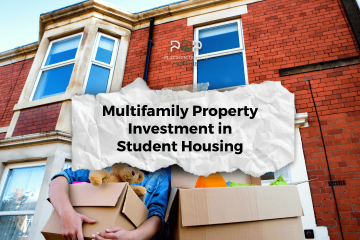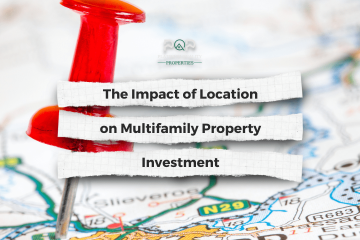In a dramatic shift reflecting changing lifestyle preferences and economic factors, multifamily properties are experiencing a significant surge across the U.S. housing market. The trend is reshaping the real estate landscape as developers and investors adapt to the growing demand for multifamily residences.
According to the latest report from the U.S. Census Bureau, construction starts for multifamily properties have increased by 15% during the first half of 2023 compared to the same period last year. This trend indicates a pivot from the long-standing dominance of single-family homes, which have defined the American dream for decades.
This shift toward multifamily living can be attributed to a variety of factors. For millennials and Gen Z, high student loan debts and increased cost of living make traditional single-family homes less accessible. As a result, these younger generations are turning to multifamily properties, which offer affordability without sacrificing the amenities of modern living.
“Multifamily properties are effectively bridging the gap between the desire for high-quality living and the reality of financial constraints,” says Tom Richards, a senior real estate analyst at Orion Consulting. “Shared amenities like fitness centers, communal spaces, and the convenience of locations closer to city centers are all appealing factors.”
The surge in multifamily properties isn’t just confined to younger generations. Many older adults, including retirees and empty-nesters, are trading their single-family homes for multifamily units. The attractions are manifold: less maintenance, proximity to other people, and access to shared services are key drivers of this shift.
The growth in the multifamily sector is also influencing the green movement. By their very nature, multifamily properties tend to have a smaller environmental footprint than single-family homes due to the sharing of resources and infrastructures. Further, many new developments are adopting sustainable building practices, introducing energy-efficient technologies, and promoting green living.
But as multifamily properties continue to grow in popularity, they also pose fresh challenges. Developers are facing increasing pressure to deliver high-quality and affordable units that align with modern lifestyle expectations. Local governments are grappling with zoning laws and housing policies to accommodate this new demand.
As the U.S. moves deeper into 2023, the multifamily housing trend shows no signs of slowing down. With affordability, sustainability, and community at its core, the sector is likely to continue transforming the country’s housing market. Stakeholders, from developers to policymakers, are watching this evolution closely, ready to navigate the opportunities and challenges that this growing preference for multifamily properties presents.




